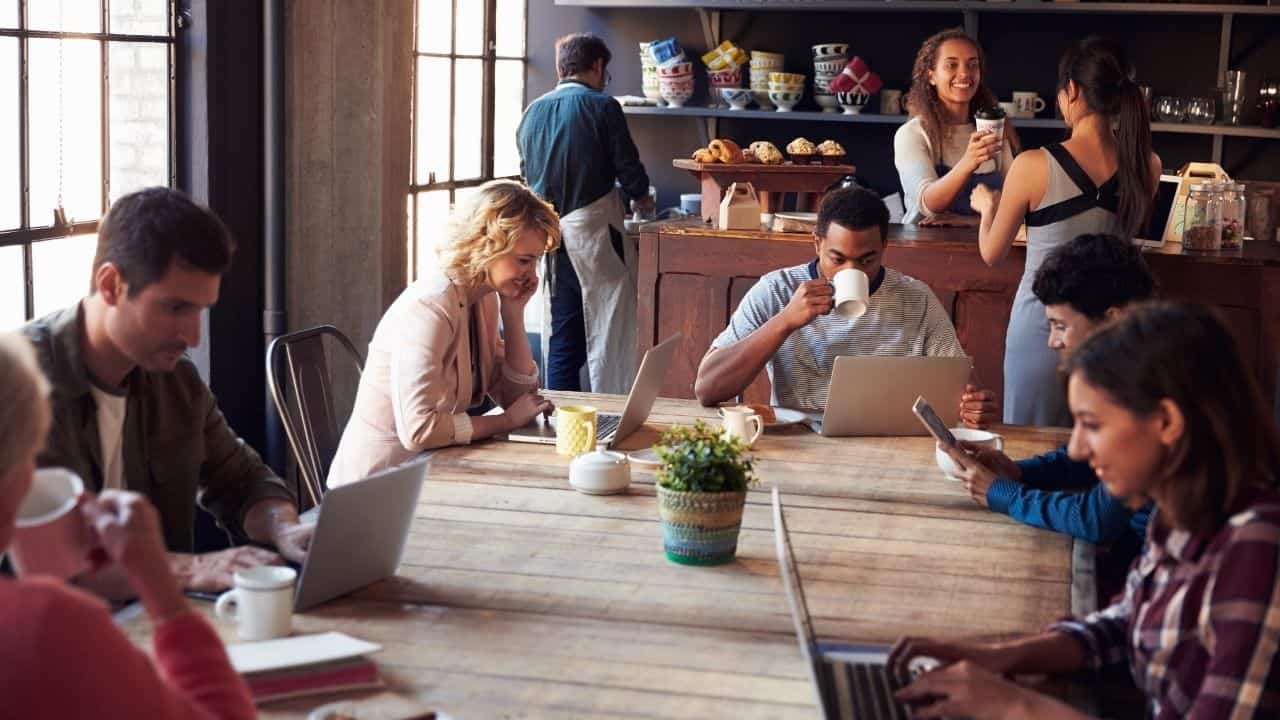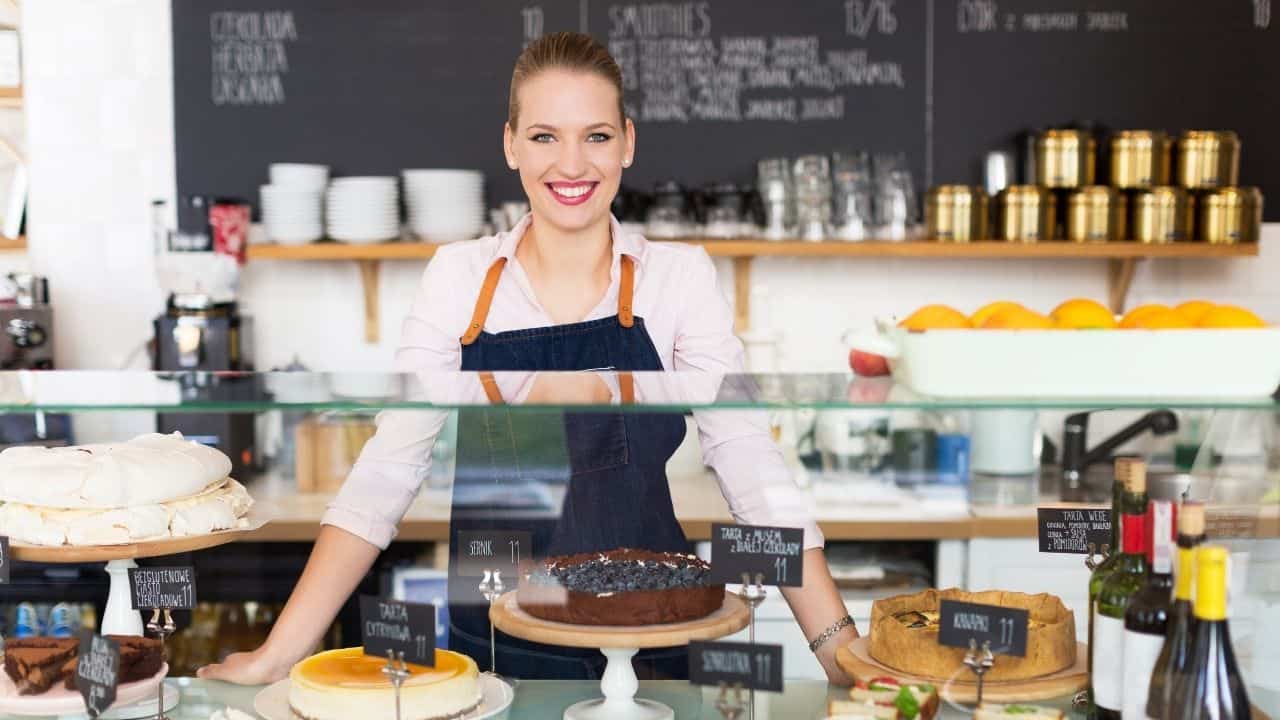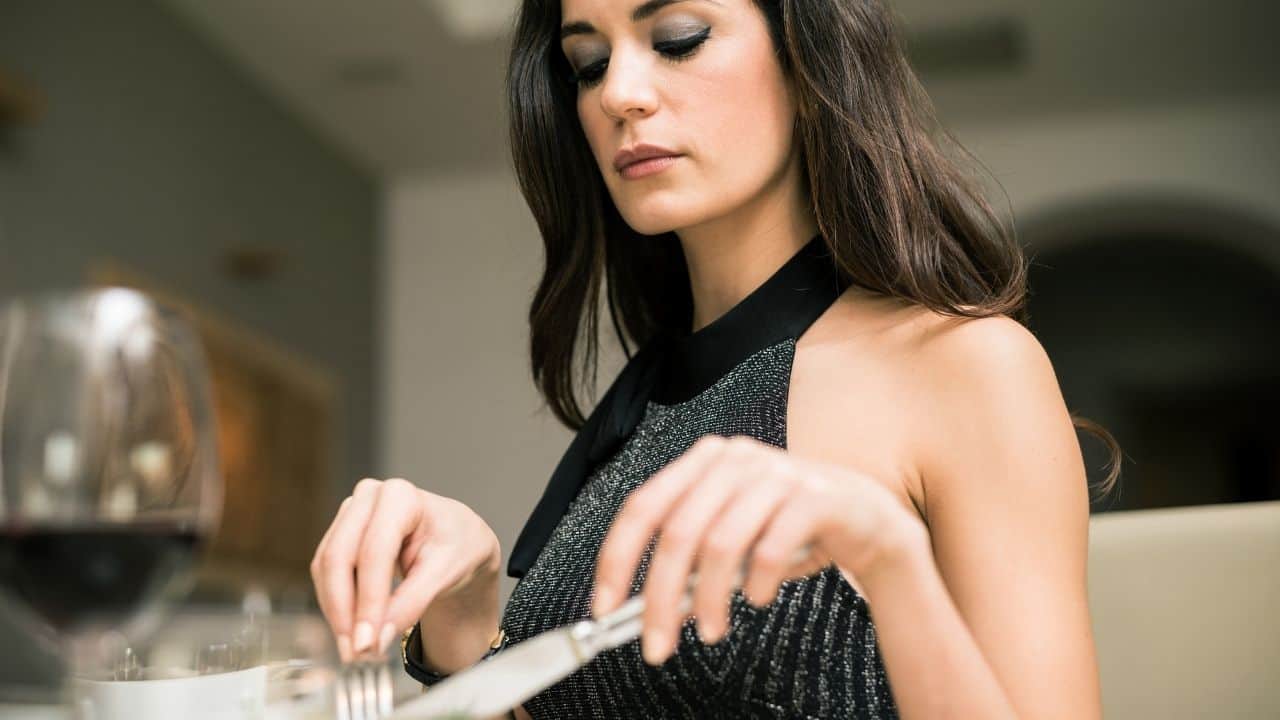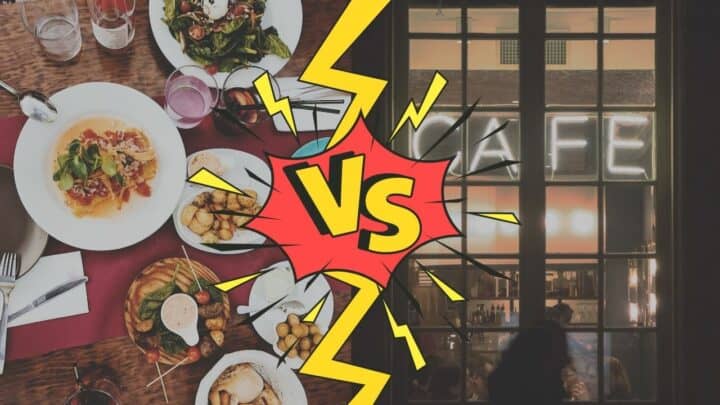The main purpose of language is to allow for clear communication.
In fact, even small changes in a sentence can produce very different meanings. If someone says, “I dislike this,” you get a very different feeling than “I hate this.”
Unfortunately, the rise and spread of English as a global language has led to some pretty confusing differences as words from different languages and time periods were adopted as native English words.
In business, things are even trickier. We’re not talking, “What is the meaning of competitive parity in strategic management?” level tricky, but still trickier.
One great example of this is the difference between a restaurant and a cafe.
Do cafes have to serve coffee? If a restaurant serves coffee, is it suddenly a cafe? Does it matter how many tables there are? Are these words actually just the same thing?
In this article, we’ll run through six differences between restaurants and cafes, from most to least frequently discussed.
What is the difference between a restaurant and a cafe?
Cafes typically have smaller food menus and a focus on coffee, tea and similar drinks. The word “restaurant,” on the other hand, can be used to refer to almost any business that serves food and drink. That said, some restaurants just call themselves cafes because it sounds fancier.
1. The focus of a cafe is usually coffee

The word cafe comes from the French café, which was itself borrowed from the Italian caffè, which in turn comes from Turkish kahve and Arabic qahwa.
That’s a long list of languages, but what’s the point? All of these words actually mean coffee.
When cafes opened in France in the late 1600s, they took the city of Paris by storm, quickly becoming an essential part of Parisian life.
Although French cafes today are more like restaurants, originally, they served primarily coffee and other similar drinks, such as beer, hot chocolate and lemonade.
This origin of the cafe in coffee is still evident today, as many cafes have lots of options when it comes to coffee, tea and other drinks.
The word “restaurant” carries no such meaning and is used to refer to any type of establishment for eating food. Yes, that means that a cafe is technically a type of restaurant.
2. Cafes have smaller food menus

The obvious consequence of cafes’ focus on drinks is that many don’t have large food menus. Typically, the menu at a cafe exists to complement the main attraction: coffee.
This means that a cafe is more likely to offer sandwiches, salads and other light meals than a full menu. Pastries, cakes and desserts are also popular cafe options.
Restaurants, on the other hand, often serve many different types of food. Even those restaurants which specialize in a certain type of cuisine will usually have many options available to order in comparison to a cafe.
It’s worth noting that this difference doesn’t always hold up. Some cafes, especially Parisian cafés, do serve quite a lot of food and may be just as well-known for their menus as for their coffee and desserts.
3. Restaurants can be of any size, but cafes are usually small

As we’ve already covered, the word “restaurant” is pretty vague. It refers to any kind of food establishment, ranging from food carts all the way up to multi-story establishments that can seat thousands of customers at once.
Cafes, in contrast, are usually not very large. It’s unusual to see a cafe that can seat more than a few dozen people at once, and most are smaller.
While there are always exceptions to any supposed “rule” of language, this one is actually pretty consistent, especially if you don’t consider huge coffee chains like Starbucks to be proper cafes.
On the other hand, according to the Guinness book of world records, the Al Masaa Café in Riyadh, Saudi Arabia can seat one thousand and fifty people. That’s a large cafe!
4. Restaurants serve you, but in cafes you serve yourself

When you go to a restaurant, you expect to be shown to a table, have your order taken by a server and then delivered freshly cooked from the kitchen.
That experience is very different from going to a cafe, where you typically place your order at a coffee bar and then pick it up yourself before finding a table on your own.
Some cafes do have servers and busboys, but most definitely don’t.
Likewise, it would be highly unusual in most restaurants to expect the customer to get their own food from the kitchen and take it to their table.
5. Restaurants are often more expensive

When you consider that restaurants can seat more people than cafes and also offer more types of food, it makes sense that they would usually cost more than cafes.
Not only do they need to pay for upkeep of a larger building, but they have to buy more ingredients and pay kitchen staff and servers, which cafes don’t usually need to do. All those costs add up, making for higher-priced menu items.
Of course, this doesn’t mean cafes are cheap. When you look at individual items, some cafes certainly cost just as much as restaurants.
Another part of the lower cost of cafes is that you don’t go to a cafe to order a full meal. When you’re only buying a coffee and a snack, your bill is going to be a lot less than if you and your family all order a main course, drinks, sides and a dessert.
6. Both words derive from French, but cafes were originally Arabic

The words cafe and restaurant both come from the French language. In fact, the first use of both words was in Paris.
The Oxford English Dictionary describes the first use of “restaurant” as coming from 1765, where a man named Boulanger advertised “restorative” food. The word “restore” in French is restaurer, from which we arrived at “restaurant.”
As you might remember, the word “cafe,” although it comes to us from French, actually derives from the Arabic word for coffee.
In fact, the first recorded cafe dates to 1475 in Istanbul, Turkey (see our article on using a comma before a country name), when a coffee shop named “Kiva Han” served strong Turkish coffee.
From there, the phenomenon slowly spread across the European continent and beyond.
Cafe as an example of lexical drift
Now that we’ve run through some actual differences in restaurants and cafes, it’s important to note that sometimes there really is no difference.
Just like how nobody really understandd the difference between slacks, pants and trousers, the meaning of cafe and restaurant have started to collide a little.
Especially in the United States, many establishments that call themselves cafes are really just restaurants.
In this case, you can think of the word “cafe” as a kind of branding. If you go to a cafe of this variety, it’s likely that the owners just think the word sounds nicer or, perhaps, that they want to present their business as western European in origin.
This makes “cafe” a great example of lexical drift, a linguistics term referring to the fact that the meaning of words changes over time. The classic case of this is the word “literally,” which now means both “literally” and “not literally.” Another is in a hot minute.

Hey fellow Linguaholics! It’s me, Marcel. I am the proud owner of linguaholic.com. Languages have always been my passion and I have studied Linguistics, Computational Linguistics and Sinology at the University of Zurich. It is my utmost pleasure to share with all of you guys what I know about languages and linguistics in general.

